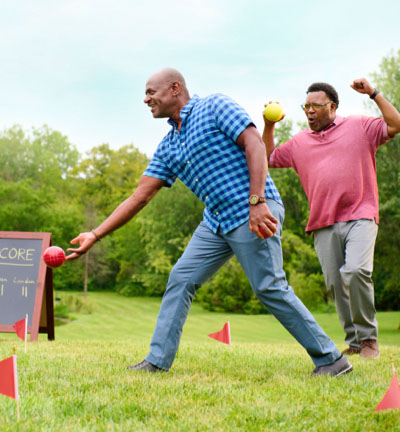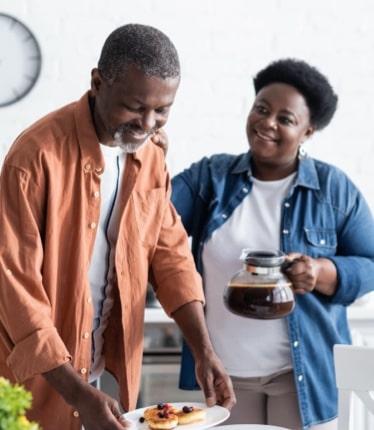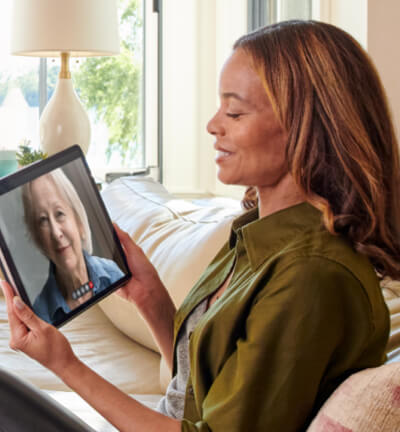Fighting for my health for almost seven years prior to my myasthenia gravis (MG) diagnosis took a huge, stressful and emotional toll on me. And while being diagnosed with MG brought me temporary relief, living with MG has continued to be stressful for me.
At a certain point, I realized that my life had become full of stress and anxiety. I went from being a positive, happy person to feeling like self-loathing and negativity were consuming me. This was not a place I ever wanted to be. During my MG journey, I’ve found different tips and strategies that have helped me with my stress management. They have helped me find joy, happiness and peace in my life.
Below, I’ve listed some of the stress management strategies I use. And under each of these tips, I’m proud to share my story with you.
I speak to a mental health professional
During my MG journey, I have had a series of panic attacks and two MG crises. After the second one, I couldn’t tell the difference between a panic attack and an MG crisis. I decided to seek out professional help for my mental health. Speaking to a therapist has helped me learn anxiety relieving techniques that have made a difference for me.
I practice deep breathing
Over time, I have researched and was taught deep breathing exercises. Deep breathing has been extremely valuable to me because it helps to calm my body and mind. For me, deep breathing keeps my panic attacks from escalating out of control and it helps me prepare for interactions with other people.
I stand or sit upright. I slowly breathe in deeply through my nose for several seconds until my lungs are filled with air. When I inhale, I think of two positive emotions like love and strength. I hold for 3 seconds and then slowly exhale through my mouth, releasing two negative emotions like anger and frustration. I repeat as many times as needed.
I use a grounding technique
Grounding is a coping strategy that is designed to connect me to the present moment.1 Doing this helps me to bring myself out of a state of panic when I feel an anxiety attack coming on or if I’m in the midst of a panic attack. This is the five-step process that works for me.1
- Acknowledge five things I can see around me.
- Acknowledge four things I can touch around me.
- Acknowledge three things I can hear around me.
- Acknowledge two things I can smell around me.
- Acknowledge one thing I can taste around me.

I practice meditation
I meditate to relieve my body and mind of all daily stressors and triggers. This form of stress relief helps me relax and reach a state of calm and peace.
When I meditate, I lie in an elevated position or sit upright with my arms relaxed at my side and my palms facing up. I close my eyes and focus on a bright light filling my body slowly from my feet to the top of my head. I picture myself in a garden. I focus on details and how I want it to look, feel and smell until the scene is completed. I stay in that moment for as long as I need.
I journal
When journaling, I write down every thought or action I can remember that occurred throughout the day to help release negative emotions and thoughts. I can read through entries to acknowledge negative reactions and release them with positive thoughts.
Any thought that comes into my head goes down, even if it doesn’t make sense at the time. I write to release.
I practice self-love and self-forgiveness
This helps me bring to light any physical or emotional insecurities I am feeling and allows me to work on positive affirmations that improve my personal awareness, love and forgiveness. This also helps with forgiveness toward others who have caused negative influence in my life. When I wake up, I look in the mirror and say one good thing about myself to my reflection and carry it with me throughout the day.
I spend time with my pets
For me, this is one of the most important and helpful stress relievers I have. Spending time and energy on my dogs that unconditionally love me helps me love and treat myself and others with respect and compassion. I set aside time or spontaneously play with, cuddle, walk and love on my dogs.
Today, I work hard to make sure that stress and anxiety don’t consume my life. I actively seek better stress-relieving strategies and ways to communicate and advocate for myself. I’m still a work in progress, but I’m more adept at recognizing stressors and alleviating them.













